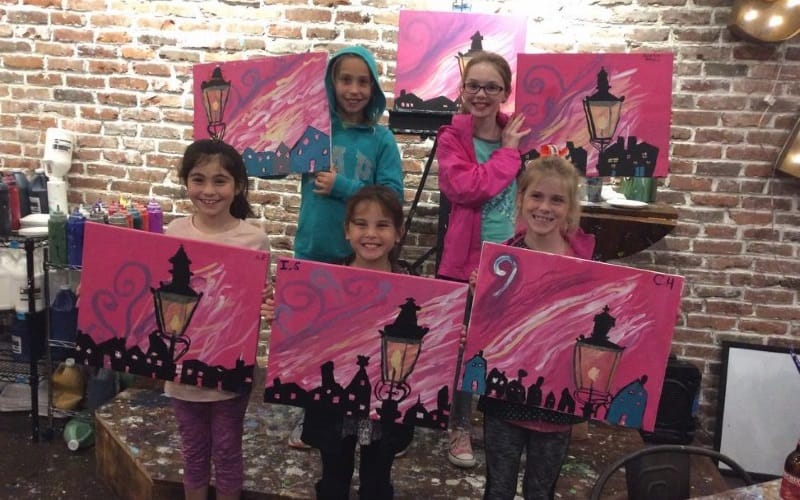
Were some of the pieces quite challenging to complete? Collage piece by artist Somyot Hananuntasuk He’s created collages using scrap leather pieces that came from our cutter at the factories, and he told me it’s the first collage work he’s done in his whole career. There’s actually goat parchment in one of the works by Somyot Hananuntasuk. But the rest is cowhide, coming from either France or the USA. No, there’s also stingray, sourced from here in Thailand, and goat, from France. Piece by artist Thaiwijit Puengkasemsomboon which incorporates stingray leather Some of the works are pure leather, and some are mixed media. I wanted them to show what leather is capable of. I was developing every process with them, and for most of the artists I would suggest techniques that would match best for them, before they started working. And they’re a diverse group, from all over Thailand, not just Bangkok.ĭid they have carte blanche to create whatever they wanted? I picked them based on their styles and their different disciplines sculpting, weaving, painting, and even hand-dying. I’m a big fan of all these artists, and I know all of them either personally, or from their art. How did you go about picking the 12 artists? Freeform chair created by artist Udom Udomsrianan I discussed it with Kamonkorn Rakarj, of Bridge Art Agency, and we started discussing it with artists, and then Kamonkorn linked me to Kit Bencharongkul from MOCA Bangkok, and now we’ve ended up here. So the idea evolved of giving artists a new challenge and a new medium to try. And when I started to learn more about the techniques, I realised that this craft should be celebrated by something more than just the making of bags.

I grew up in this environment, you know, in the factories, seeing all the labour, and the craftsmanship and techniques, but also seeing these skilled workers making everything repeatedly… thousands of the same handbag. What inspired you to create this art exhibition? Artist Prach Niyomkar, an example of hand-dying Our showroom in Ratchathewi should be ready by the end of the year. At Archives Design the focus is on leather, but we recontextualise it in different ways, through music, fashion and art, for example. It first began as a curated vintage furniture company and then we started to make our own private label products to complement the furniture pieces.

It’s been around for about 40 years and is involved in all kinds of industries – fashion, stationery, residential, and interior designs. It’s a new division of AMPA, my father’s company, which he started with my uncle. The artists taking part are: Kitikong Tilokwattanotai, Lookplew Janputsa, Prach Niyomkar, Rukkit (Kuanhawate Satapornvajana), Samita Rungkwansiriroj, Somyot Hananuntasuk, Temjai Cholsiri, Thaiwijit Puengkasemsomboon, Trey Hurst, Udom Udomsrianant, Wasinburi Supanichvoraparch, and MAMAFAKA (Pharuephon Mukdasanit). Leading the curatorial team for the show is Wathunyu “Jay” Pikulsawad, the founder of Archives Design, who returned to Thailand two years ago after spending 12 years in New York City first studying Fashion Merchandising at LIM College, and then, most recently, working in the buying department at the luxury department store Barneys New York.įirst tell us a bit about your company, Archives Design.

Wathunyu “Jay” Pikulsawad, the founder of Archives Design It features creations from 12 exceptional artists, and each piece incorporates leather some in obvious ways and some more stealthily. From now until November 5, the MOCA Bangkok gallery at the Four Seasons Hotel Bangkok at Chao Phraya River, in collaboration with Archives Design and Bridge Art Agency, is presenting a unique exhibition entitled ‘Unveiling Leather: The Artistic Journey of Craftsmanship’.


 0 kommentar(er)
0 kommentar(er)
